Prototype background. The Electro-Motive Division (EMD) introduced its 2,000-hp SD38-2 in November 1972. Designed for reliable low-speed drag and transfer service, this locomotive became popular with iron ore and steel haulers where high speed was not an issue. A few SD38-2s were also sold for use as hump-yard pusher engines, but only 83 were built before production ended in June 1979.
Kato’s SD38-2 model closely matches the prototype specifications and drawing published in the Simmons-Boardman 1980 Car and Locomotive Cyclopedia.
The SD38-2’s size and appearance make it nearly identical to its big brother, the 3,000-hp SD40-2, except for three spotting features on the long hood. It has the dual exhaust stacks of a normally aspirated diesel engine (the SD40-2 has a single stack for its turbocharged diesel). The lower-powered SD38-2 needs only a pair of rooftop fans to draw air through its smaller radiators, where the SD40-2 has larger radiators with three fans.
These models also include some details that match their specific prototype paint schemes. This means they have the correct 3,200- or 4,000-gallon fuel tanks, trucks with either two or three air brake cylinders, and either dynamic brakes or plain engine-room roofs.
A four-page instruction sheet provides exploded-view isometric drawings that identify the parts and where they fit on the body shell. I used sprue nippers to trim the details off the sprues, small serrated-jaw pliers to gently press the parts into place, and a Phillips screwdriver for the coupler box screws. Cement isn’t required.
The model comes decorated, so care must be taken to avoid damaging the finish as you add the small detail parts. Concealed latches lock the body parts together, so avoid using excessive pressure during disassembly or when adding details. The cab includes clear window glazing and interior details.
All of the details press-fit into mounting holes in the body. These parts include numerous grab irons, m.u. hoses, a snowplow, uncoupling levers, and windshield wipers. I trim the mounting pins at an angle to make the parts easier to insert into the holes.
The side and end railings have separate vertical corner grab irons that press into tiny sockets in the handrail stanchions. It doesn’t show on our Cumberland Mine sample unit, but this arrangement allows Kato to provide the proper contrasting safety color on the corner grab irons that are used with the other color schemes.
The fuel tank is designed to hold a 1″-diameter speaker should the modeler decide to install a DCC sound decoder (not included).
Performance. Our sample performed smoothly, starting and running steadily on 1.6 volts at 3 scale mph. The model’s drawbar pull is equivalent to 56 free-rolling freight cars on straight and level track.
While the locomotive alone will negotiate an 18″-radius curve, it’s difficult to keep anything coupled to it on such a tight curve. This problem disappears on larger- radius curves (24″ and up).
The SD38-2 comes with Kato’s scale-size type-E magnetic knuckle couplers. They’re mounted at the correct height. Other brands of couplers can be easily substituted.
Overall, Kato’s new SD38-2 delivers fine detail and excellent performance. This powerful EMD drag-service locomotive will be right at home on any steel-hauling model railroad.
Price: $140 each; C&NW or UP units, $145 each
Manufacturer
Kato U.S.A. Inc.
100 Remington Rd.
Schaumburg, IL 60173
www.katousa.com
Description
Plastic-and-metal ready-to-run
diesel locomotive
Road names
With dynamic brake:
Elgin, Joliet & Eastern; Duluth, Missabe & Iron Range; U.S. Steel Cumberland Mine; and Union Pacific
Without dynamic brake:
Chicago & North Western and Union Pacific
Features
Cab interior
Drawbar pull: 4 ounces
Dual flywheel drive
Engine weight: 16 ounces
Flush-mounted window glazing
Golden-white LED constant
directional headlights
Kato magnetic knuckle couplers
Lighted number boards
Minimum radius: 18″
NMRA-recommended Digital
Command Control socket
NMRA RP-25 nickel-silver wheels (in gauge)
12-wheel drive and hard-wired electrical pick-up





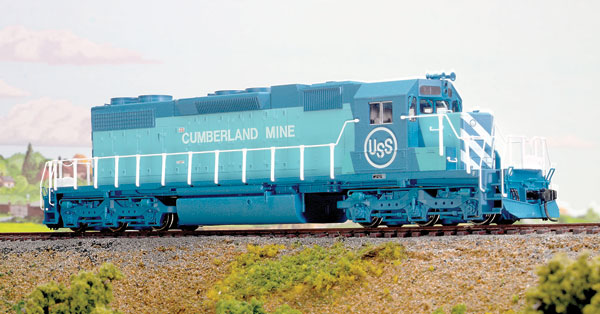
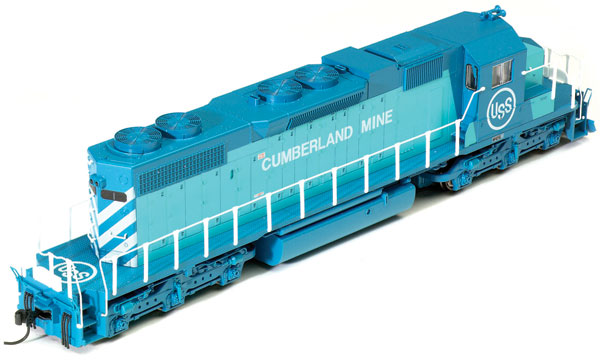
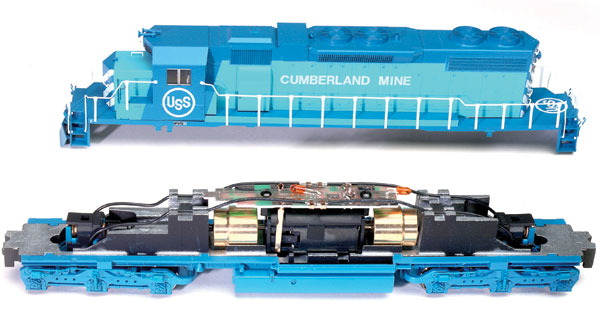

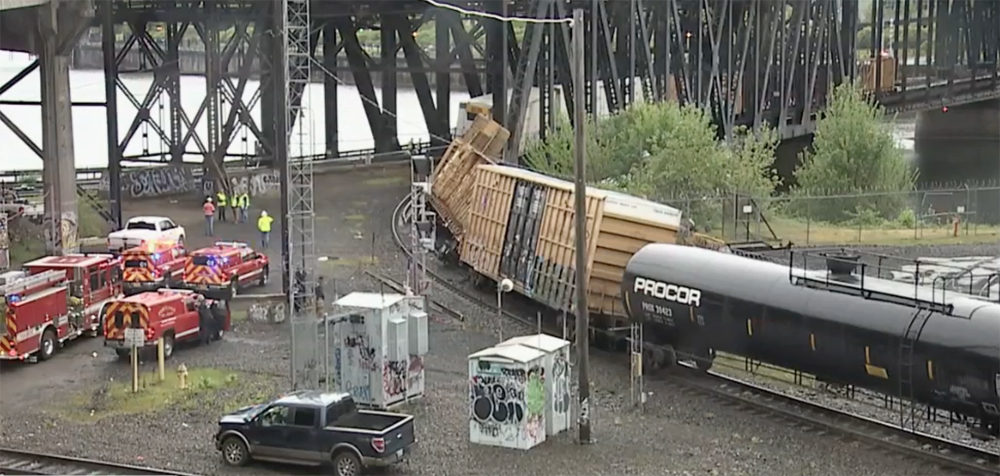

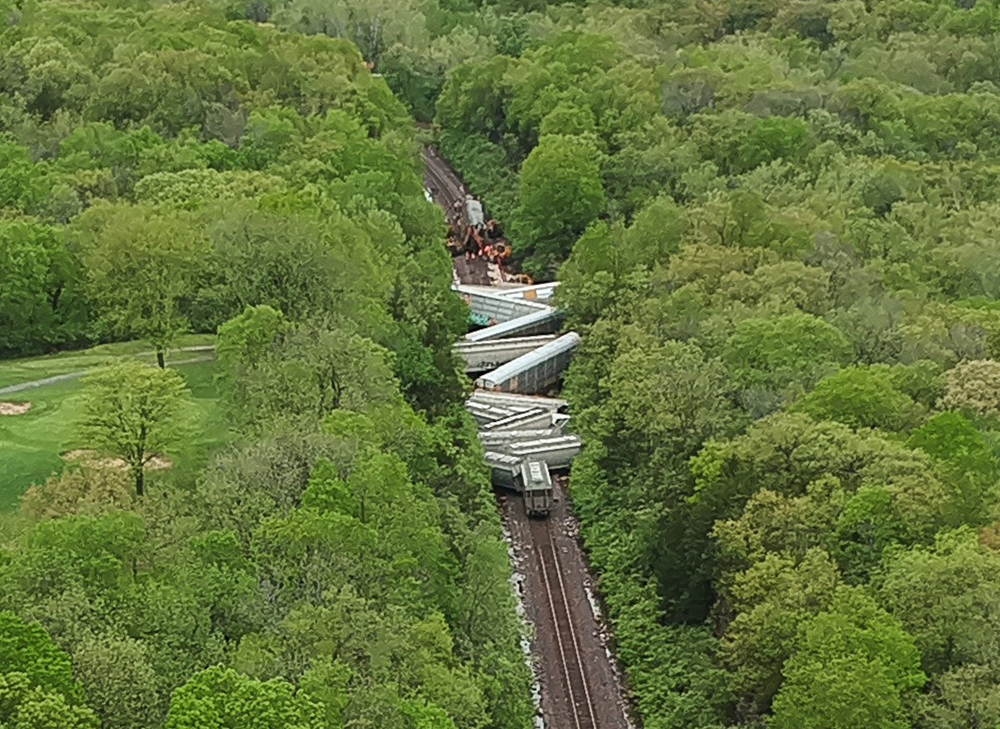
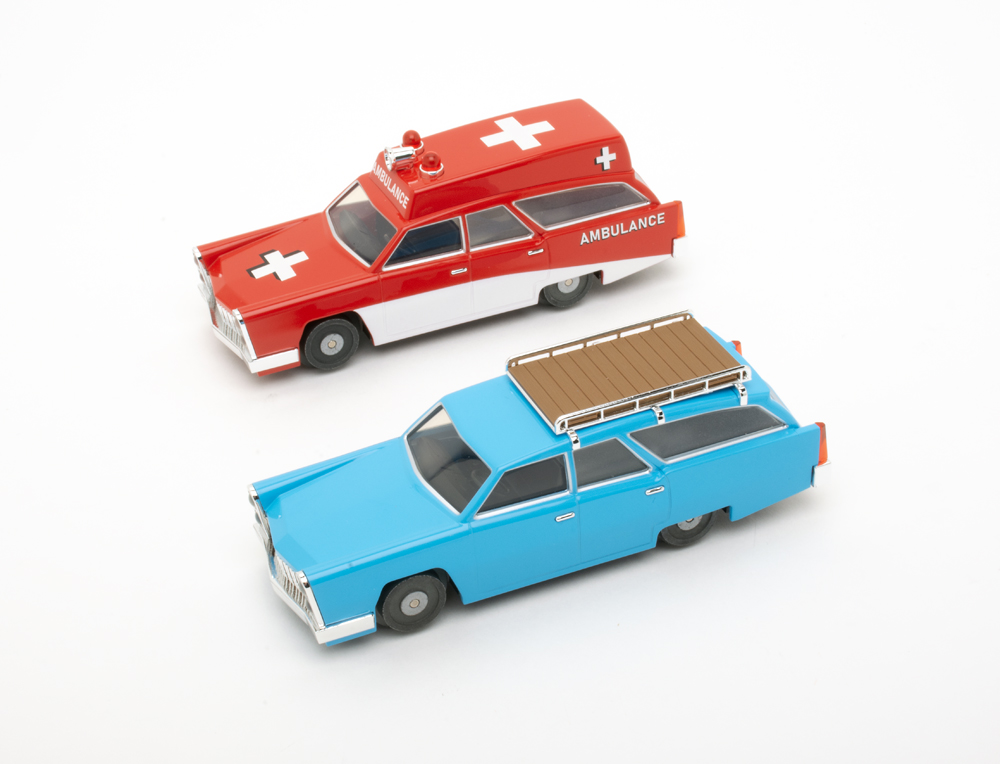




I have seven of these units and have installed the digitrax DDC sound decoders in all of them. I couldn't be more pleased.
They run and sound great.
I bought the Duluth, Missabe and Iron Range units. Very nice units, however the paint on the Missabe engines is a little too 'maroon' (not enough brown in it). I believe the Athearn Genesis units have the correct paint color and closer match the prototype. Mechanisms – excellent. Details – excellent. Paint – not so much.
I have purchased several of these units and they look and operate superbly! Nice quiet mechanisms, nice paint jobs, and excellent detail work. I really like the new cavity at the bottom of the fuel tank, for mounting your DCC sound decoder speakers. What a great idea! Really nice units!
I picked up the UP version and I love it. I installed a Digitrax sound decoder and this engine not only looks and runs great, but it sounds great too!